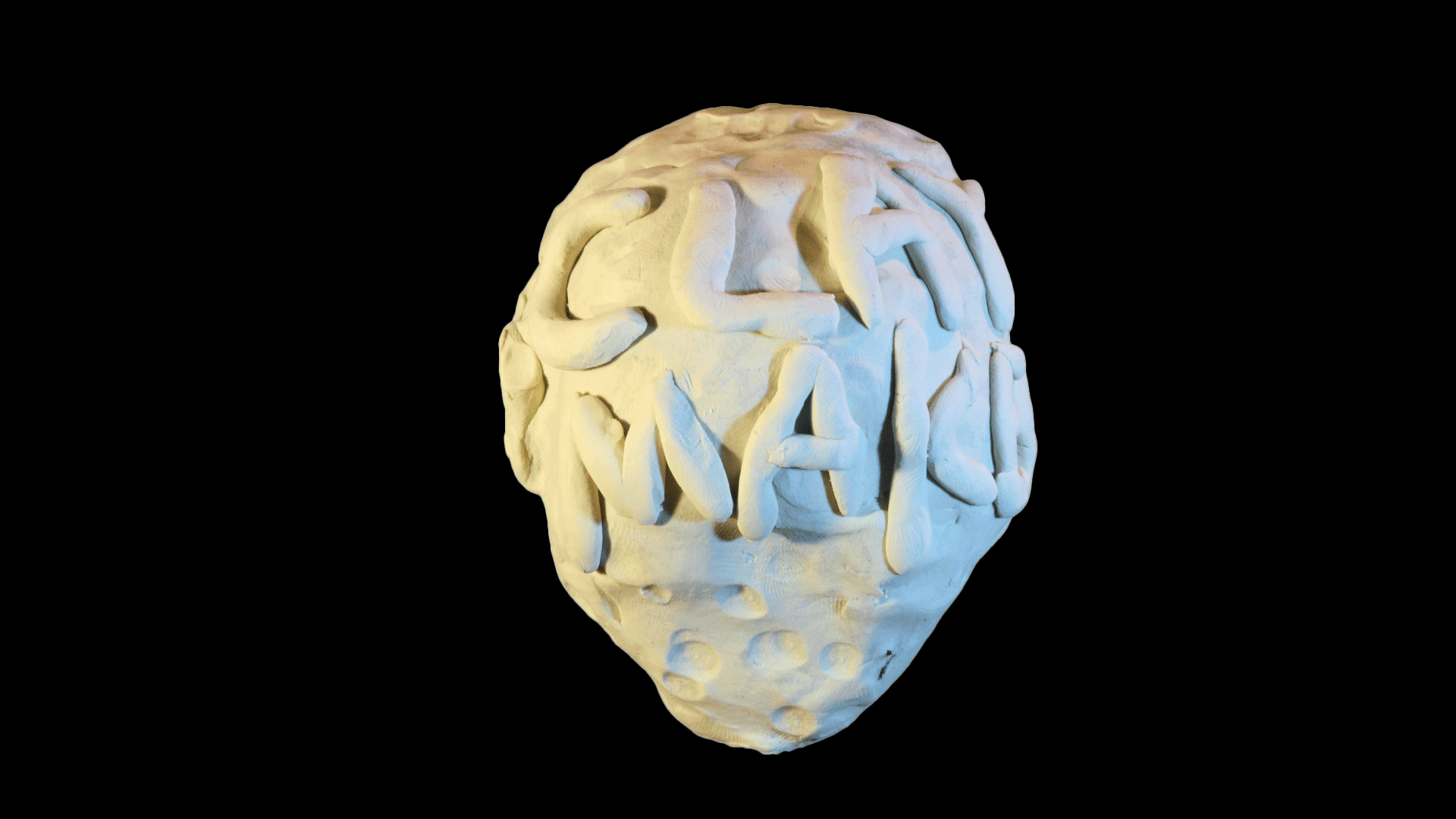Behind the Scenes
Animation is a labor intense process, and stop motion is the most labor intense of all. All the character puppets must be built, the sets must be crafted, all the props must be created.
After all the you then get to animate. You could go straight into animation, but having a set plan and script is the best way to stay on task and not lose focus. You only want animated once, but you can edit your script and storyboards for a fraction of the time and cost. Below I have a step by step process that I go through when planning a short animation. Doing the steps in order and sticking to the script is important once you start animating, especially if you have other people working with you. Good communication when you finish a task is important so it can be approved and you can continue on production. Below I have an example of a short I created for an animation class that I go through step by step, from script to animatic. The project prompt was to take existing audio from an old commercial and create your own visuals for the ad, using none of the original footage and only the audio.
Script for Munchos Commercial

Concept art for characters

Project Process Example: Munchos Advertisement Animatic
This example project will explain the step by step process of making an animated project. This should help you (the client) understand the workflow and help you give input on what you like and what you want changed.
idea pitch
The idea is pitched and accepted. in this case the project is to make a short animatic using pre existing short advertisement audio. The audio is from an old Jim Henson Munchos advertisement
Short script is made
A basic script is written. In this case the dialogue is already written in the audio used. The dialogue is typed out for reference. Normally the script is written and then the dialogue is recorded to lip-sync to later in the animation process.
Thumbnails
and storyboards
Thumbnail sketches are made of the basic visuals based off of the script and the audio. Then based off of those thumbnails more well drawn storyboards are made.
Animatic and editing
Then those storyboards are exported as images and are edited together with the audio in a video editing software. The animatic should match the audio and the timing planned out in the storyboards.
Thumbnail sketches

Storyboards





Project Process Example: Munchos Advertisement animatic - Continued
The project Animatic would then be approved for later updating with Either 2D digital animation or 3D stop motion animation. Another animation style can be discussed, but needs to be approved and may result in a higher price due to the extra labor of the different animation style. If the animation is continued with 2D digital animation the assets would be created in Adobe Photoshop and the animation would be done in Adobe animate or flash. If the animation is continued with 3D stop motion animation the animation would be filmed with a DSLR Camera and the software program Dragonframe.



